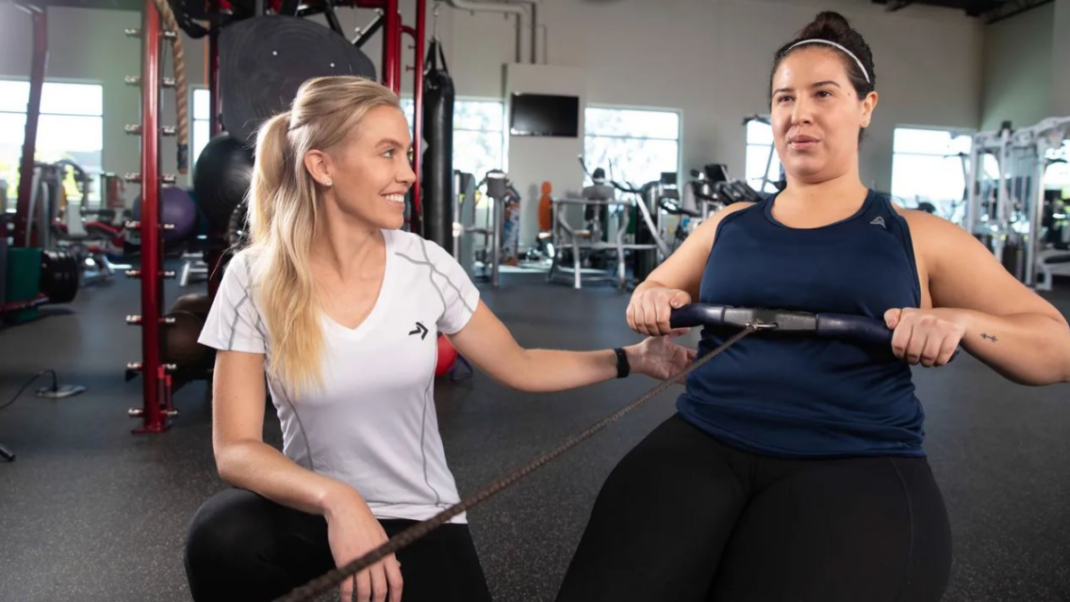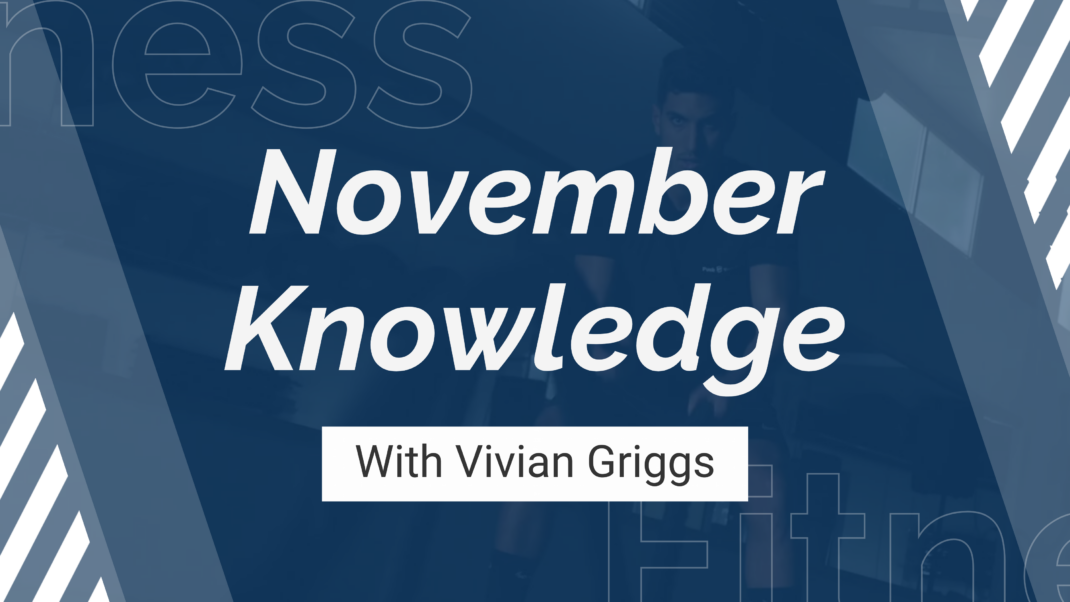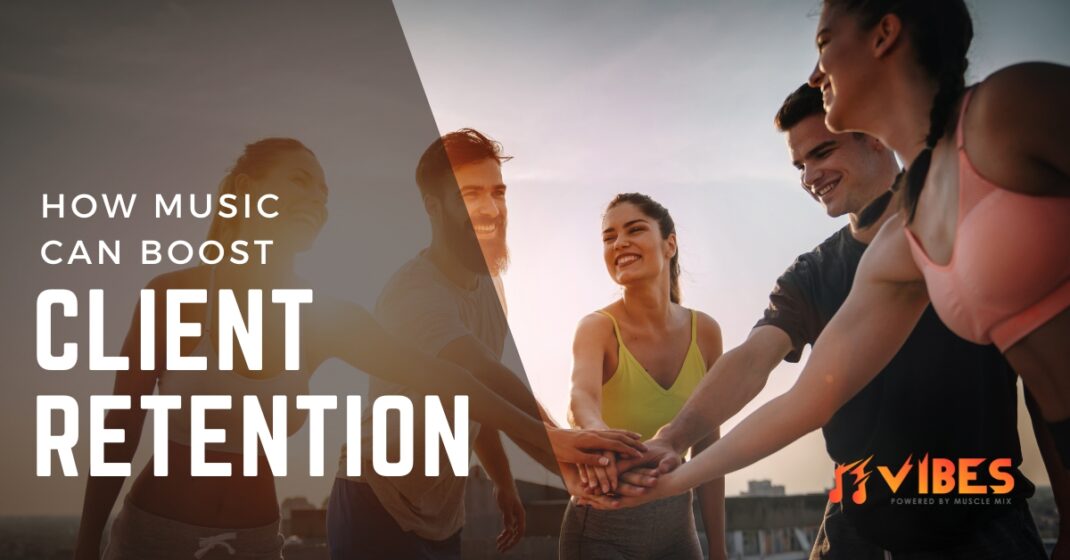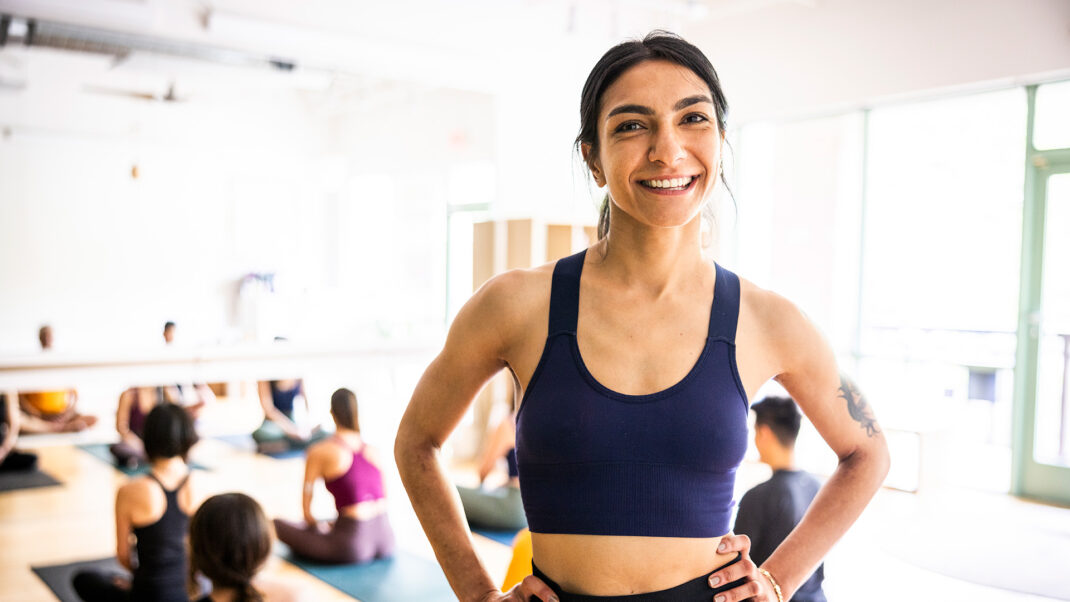How to Be a Great Instructor
When teaching the adult learner, create a welcoming, motivating and trusting space.

Most people have been lucky enough to
have teachers who left a lasting impression on their lives. Think about one of your favorite mentors or
instructors. What made him or her so special? And what can you do to create the
same experience in your own classes? You may presume that you are a great
instructor, but do your participants see you as such? Will you be remembered as
an outstanding teacher?
Carl Rogers, a psychologist and education researcher, said, “All
human beings have a natural propensity to learn; the role of the teacher is to
facilitate such learning.” Teaching adults is a complex task, and when you add
the particulars of the health and fitness industry, with its multitude of
activities and professional responsibilities, the task becomes even more
complex.
Many fitness instructors become professionals without ever
studying how to teach.
They come from various disciplines, such as sports or dance, and often learn to
teach from being thrown into the situation, through trial and error, or simply
by being passionate about what they do. Overall we are doing a good job as
teachers, and as the profession continues to evolve we see more and more
education-specific training. However, maybe it’s time to take it up a notch.
Although we can’t be everything to everyone or please all of the
people all of the time, we do need to understand how our students (and
potential students) learn best. Many education experts suggest that for the
learning process to be successful, you must create an environment that is welcoming,
motivating and trusting. When I look at what factors have contributed to my own
success as an educator, I recognize certain key elements that allow me to be
effective and successful when instructing the adult learner. I learned many
teaching skills through continuing education, but most of the lessons were
acquired over time, as life experience.
Know Your Target Audience
The more you know about your students,
the more effective you can be as an instructor. I learned this early in my
career when I announced to a class that I would be taking a 6-month leave of
absence. From the look of disappointment and uncertainty on many people’s
faces, I realized that I had been providing something through my actions,
behaviors and words without really knowing what that something was. I was
making an impact in their lives! That was the first day I saw my students as individuals, and not just a
sea of faces.
When you walk into the group fitness studio, you may make the
assumption that the participants have come to class just to get in shape, lose
weight and get stronger. But you should be asking yourself some simple
questions: Who are these people who come to my classes, and why are they here?
What do these people do for a living? What are their lives like outside of my
class? What are their underlying reasons for attending week after week? It’s
not always an easy task to really get to know your audience, but a simple
“Hello, what’s your name?” can open up a dialogue that may disclose just enough
information to make a difference.
Leigh Crews, group fitness director at the Rome Athletic Club in
Rome, Georgia, believes that adults “don’t want to be anonymous” and that you
should get to know a little bit about each participant. She goes on to say that
by acknowledging individuals in a class, you can “help members develop respect
for each other and at the same time foster a sense of belonging. The class
becomes a collaborative effort, and everyone has a sense of ‘We are in this
together.’”
It is essential always to keep in mind that each one of your
students has a full life outside of the classroom or gym. They are mothers and
fathers, lawyers, secretaries, journalists, actors, construction workers,
athletes, accountants, singers—the list goes on and on. These people come to
your class with life experiences and previous knowledge in many different
areas, including physical activity. This knowledge may be basic, and it may
even be misunderstood, but it is your
job to build on it and use it to your advantage to create a positive learning
experience.
Create a Welcoming Environment
When people feel safe and welcome in a
learning environment, they are not only willing but ready and eager to learn.
Adults need to feel they can perform their activities in a nonjudgmental
setting and that they can have a dialogue with the instructor. Threat of any
kind may lead to failure. A relationship that establishes trust is vital and
must be built from the beginning.
Be respectful of your students and acknowledge the wealth of
experience they bring. Alexandra Williams, MA, a staff instructor for the
exercise and sport studies and recreation department at the University of
California, Santa Barbara, stresses that as an instructor you need to “teach
and speak to students as you would like to be taught and spoken to. Speak to
adults as adults who want to learn; not as children in adult bodies.”
Adults have a need to be self-directed, so you must allow for
choice whenever possible. Plan learning activities and programs to meet
personal objectives—this is essential for success. In movement-based group
exercise classes, for example, Williams tells her students, “As long as you’re
not running into your neighbor, you are free to do the workout that works best
for you.” As a result, she has had several students comment that they
specifically come to her class because they know they can pace themselves
without feeling different or disruptive. “If I’m doing a mambo and a student is
walking in place, who really cares?” Williams says. “At least they’re moving.”
Most people welcome praise. It is both encouraging and reassuring
and allows students to become more confident. Praise can come in many different
forms. It may be a direct comment, a smile, a thumbs-up gesture, the wink of an
eye or a more general “good job today” type of comment. It doesn’t take much,
and it can make a significant impact on someone’s behavior. Positive
reinforcement helps you ensure correct or appropriate behavior and should be
used often when students are learning a new skill. It can also help students
retain what they’ve learned. Sincerity is key; learners want praise, but they
want it to be genuine and natural.
Motivate!
Adults need to be motivated to learn but
must be interested in learning before
they will be motivated. In the fitness scenario, we are quite lucky because
most of our participants choose to come to our class or workshop. Our challenge
is to keep them interested and motivated enough to come back! So how do we do
it?
Hold their attention with humor, active participation and
storytelling (but not too much). Build interest with variety by mixing it up
and inserting the unexpected. Students want to see that you are interested as
well—not only in the subject matter, but in them. It’s usually obvious when an
instructor is bored, distracted or just going through the motions. Keep in mind
that each person will be motivated differently, as everyone has unique
qualities, interests, experiences and needs. Help students motivate themselves
by showing that your class is valuable and useful. But don’t forget that what
is valuable or useful for one person may not be for another. This is yet
another reason you should get to know your students.
Adult learners also need a reason
for learning something. They want an explanation behind a procedure, method or
principle and want to see the logic of the material presented. Lacking this,
they will quickly question or reject what you’re teaching. But more important,
they want to know that the subject matter or class will help them, and that it
is relevant to their life and needs. It is important to distinguish between
“nice to know” and “need to know.” For example, it is “nice to know” how many
calories you can potentially burn during a movement class. However, what
participants “need to know” is how to maintain or increase the intensity to
maximize energy expenditure.
When students see that your class is rich and rewarding, and that
there is a useful application for what they have just learned, they will be
motivated to continue. For example, it is easy to make the connection between
the core exercises you just taught and how improved core strength can help
students in their activities of daily living. This application is enhanced when
participants use the information immediately in a new situation or setting.
Develop Trust in the Process
A particularity of the fitness industry
is that we teach movement, and we teach it in all different forms and shapes.
Regardless of format—dance, yoga, strength training or cycling—the common
denominator is that we perform. The theory
behind movement is important, but to truly understand it, people need to feel what it is like to
actually perform a movement or exercise pattern. If you have already
established rapport and motivated students, they will be in a better position
to relax and trust in the process. Although understanding might require a lot
of practice, repetition reinforces the learning process and allows the learner
to improve and succeed at the task at hand. A quotation from Confucius (handed
to me on a piece of paper after a presentation) sums it up: “I hear and I
forget. I see and I remember. I do and I understand.”
Just as the participants bring a wealth of knowledge and
experience to the classroom, so do you! Remember that your students keep coming
back to learn from you,
so share all that you’ve learned and acquired over the years with them, and use
it to create the best learning environment possible!
SIDEBAR: Be Prepared and Organized
SIDEBAR: Tips for Teaching Adult Learners
Fred Hoffman, MEd, is the 2007 IDEA Fitness
Instructor of the Year, director of international services for the Club &
Spa Synergy Group and the fitness marketing consultant for Reebok France. He
can be reached at www.fredhoffman.com.
Looking for a job in the fitness industry? Use the IDEA Job Board to find the perfect job for you. Want to post a job? Click here.
Fred Hoffman, MEd
Fred Hoffman, MEd, is the owner of Fitness Resources consulting services and the author of Going Global: An Expert's Guide to Working Abroad in the International Fitness Industry. The recipient of the 2019 IDEA China Fitness Inspiration Award and the 2007 IDEA Fitness Instructor of the Year Award, he holds a master's degree in health education from Boston University and has over 35 years of experience in the fitness and health industry. A member of the ACE board of directors, Fred's expertise has taken him to nearly 50 countries on six continents to speak at more than 200 conferences and conventions. In 2001, he was elected to the International Who's Who of Professionals. Certifications: ACE, ACSM






